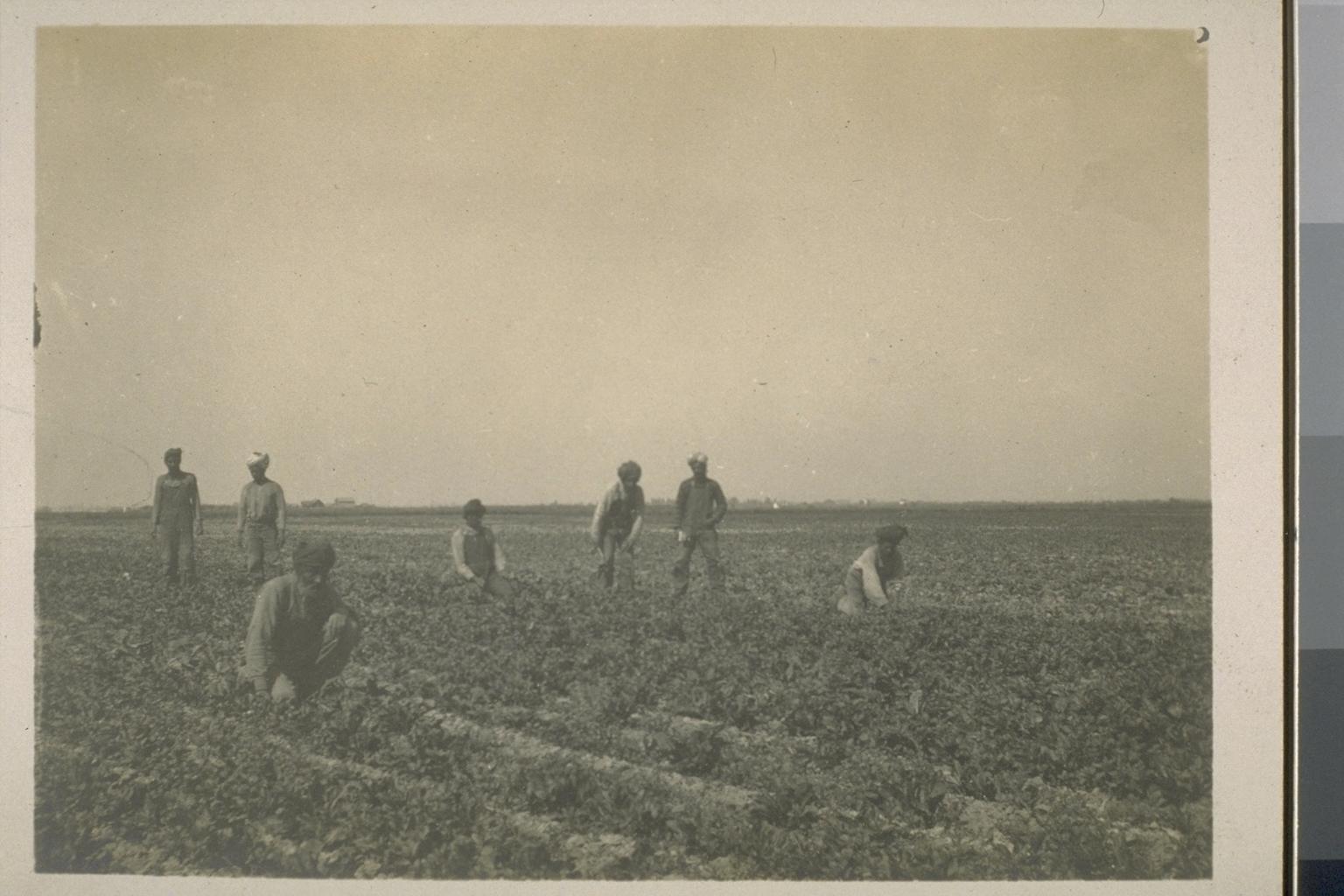India’s 75th Independence Day on August 15th, 2022, was marked with much pomp and celebration not only in India, but also in the United States. The United States is home to 4.2 million people of Indian descent, the second-largest immigrant group in the country today.
Massachusetts’s governor Charlie Baker proclaimed the 15th of August as “India Day.” Boston, which is home to around 8,500 people of Indian origin, marked the occasion with their own India Independence Day Parade at Boston Harbor, following 60 years of tradition in celebrating India’s birth. It was, however, the first time the Federation of Indian Associations (FIA New England) organized a parade. FIA New England is a non-profit organization that organizes community events and advocates for Indian Americans in 9 states, including Massachusetts.
The parade began at 10am at Lewis Wharf and concluded at Christopher Columbus Park at around 3pm. The irony was certainly not lost on many, considering Christopher Columbus set out to “discover” India, but landed in the United States instead, on October 12th, 1492.
The parade was only one element of the festivities, that included traditional dances and art demonstrations as well. Other organizations in the Boston area hosted their own events, including fairs, workshops, and other performances of Bollywood-themed and classical Indian dance.
The highlight of the festivities was an airplane carrying a 220-feet India-US flag, which flew over Boston. The joint India-US Flag certainly symbolized many things: the large Indian American population in Massachusetts (and the United States), the shared values of democracy the United States and India share, and the future of this relationship, that extends beyond people-to-people relationships, and into the realm of strategic affairs.
The history of the United States’ relationship with Indians began long before Indian Independence in 1947. In the late-1800s/early-1900s, Indian migrants from the province of Punjab began appearing on the west coast, seeking work and sanctuary from political oppression of British colonialists back home. In 1913, political dissenters founded the Ghadr (Punjabi: “revolutionary”) Party in San Francisco, California, with the aim of liberating India from British rule. The Party disintegrated with America’s entry into World War I, which was followed by Ghadrites being prosecuted by the U.S. Government for conspiring to deprive the British monarch of his sovereignty over India.

Hindu Laborers tending a field in California, dated pre-1922. [Image: Wikimedia Commons]
The history of Indian Americans in the United States has not always been so fraught. The Immigration and Naturalization Act of 1965 set a quota of 20,000 immigrants from India each year, which is where the most contemporary story of the community begins. Today, Indian Americans are a vibrant and diverse part of American life, representing the country prominently in art, technology, and politics. The most prominent member is Kamala Devi Harris, born to Dr. Shyamala Gopalan, an Indian who came to the United States in 1958 to pursue a PhD at UC Berkeley. Harris was elected to the office of the Vice President of the United States in 2020.
Aryan D’Rozario is a participant in the Young Professionals Program at the East-West Center in Washington D.C. After obtaining his bachelor’s degree from the University of California, Santa Cruz, Aryan received his master’s degree from the University of Oxford’s Faculty of Asian and Middle Eastern Studies, studying Modern South Asia.